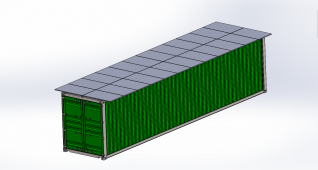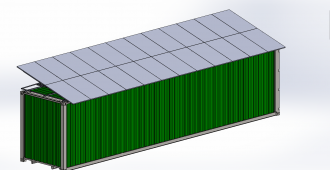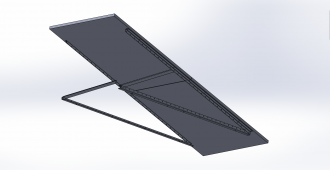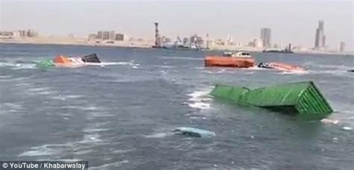I haven't been able to. I've tried doing it all this week, but I got really sick on Tuesday and have been a little incapacitated. I got tested for the 'Rona yesterday so we'll see, but im already feeling much better. I was planning on getting out there tonight when it cools off a bit, but it might be early tomorrow morning.
Hope you get well! This Delta variant is kicking a lot of asses for 2 to 5 days it seems,








